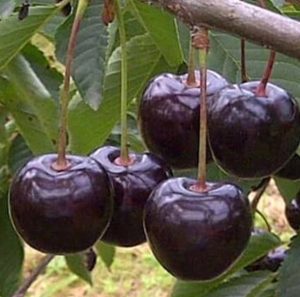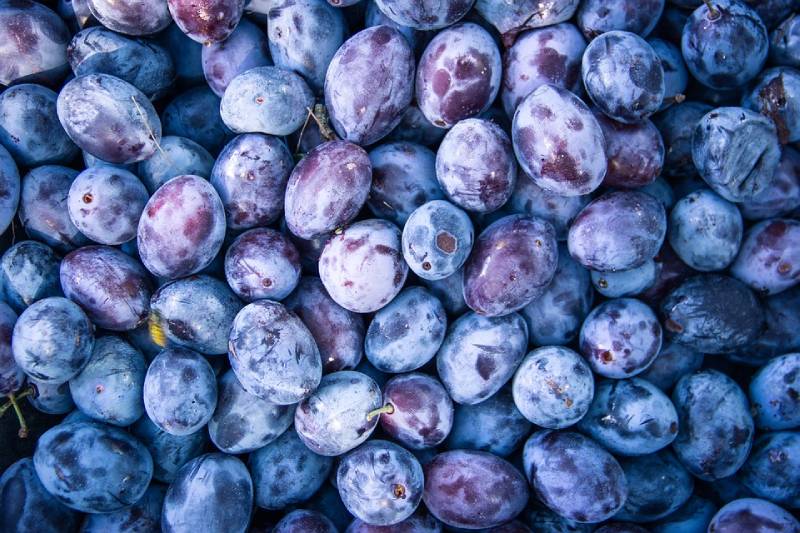A High-Opportunity Market
The MENA (Middle East and North Africa) region offers exciting opportunities for fresh fruit exporters. With a growing population, urbanization, and increasing demand for healthy food, MENA countries present a strong market for high-quality, imported fruits. Exporters can tap into this expanding demand by offering a diverse range of fresh fruits that cater to local tastes and preferences.


Why Exporting Fresh Fruits to MENA Makes Business Sense
MENA countries have a large appetite for fresh fruits. Despite producing many fruits domestically, the region still needs to import varieties such as apples, grapes, berries, and tropical fruits to meet demand. The increasing focus on health and wellness is also fueling this demand, as consumers look for nutritious options.
Additionally, MENA countries, particularly the UAE and Saudi Arabia, serve as regional trade hubs. These countries’ improving infrastructure and growing cold chain logistics make shipping and storage easier than ever before. As a result, exporting fresh fruits to the region has become more efficient and cost-effective.
Key Benefits of Exporting to MENA
Several factors make MENA an attractive market for fresh fruit exports:
Growing Population and Urbanization: More people in urban areas seek high-quality, convenient food options. Fresh fruits fit this demand perfectly.
Health-Conscious Consumers: As more people embrace healthier lifestyles, fruits like avocados, berries, and citrus are becoming staples in MENA households.
Strategic Trade Hubs: The UAE and Saudi Arabia act as gateways to the MENA region, offering access to neighboring markets with high import potential.
Favorable Import Policies: Many MENA countries have reduced import tariffs on fruits, making it easier and more affordable for exporters to enter these markets.
Best Fruits to Export to MENA
When exporting fresh fruits to MENA, it’s important to select varieties that will appeal to local preferences. Here are some of the most popular fruits in the region:
Citrus Fruits: Oranges, lemons, and grapefruits are in high demand, especially in countries like Saudi Arabia and Egypt.
Apples and Grapes: These fruits are popular year-round, particularly during festive seasons such as Ramadan.
Avocados: As part of the growing trend for healthy eating, avocados are increasingly sought after, particularly in countries like the UAE and Qatar.
Berries: Blueberries, strawberries, and raspberries are becoming more common in supermarkets as part of the region’s health-conscious movement.
Mangoes and Pineapples: These tropical fruits are popular, especially in the hot climate of the region.
Tips for Success in the MENA Market
To succeed in the MENA fruit market, exporters should follow these strategies:
Understand Local Preferences: Adjust your offerings to match local tastes. MENA consumers tend to prefer sweeter, larger fruits like mangoes and grapes.
Partner with Reliable Distributors: Work with trusted local distributors who know the market and can help you navigate regional challenges.
Ensure Compliance with Regulations: Each MENA country has specific import standards, so make sure your fruits meet their requirements.
Focus on Packaging and Storage: Proper packaging and cold chain logistics are essential for maintaining fruit quality and freshness.
Conclusion: Tap Into the Growing MENA Fruit Market
In conclusion, exporting fresh fruits to MENA is a smart move for businesses looking to expand into a dynamic market. With rising demand, urban growth, and a health-conscious consumer base, the region offers vast potential for fruit exporters. By selecting the right fruits, understanding local tastes, and partnering with reliable distributors, you can successfully enter and grow in this thriving market.



